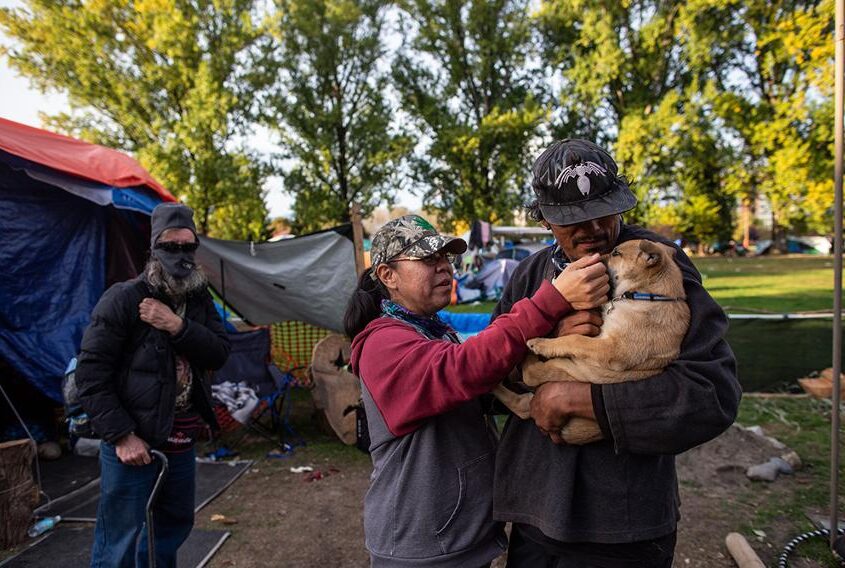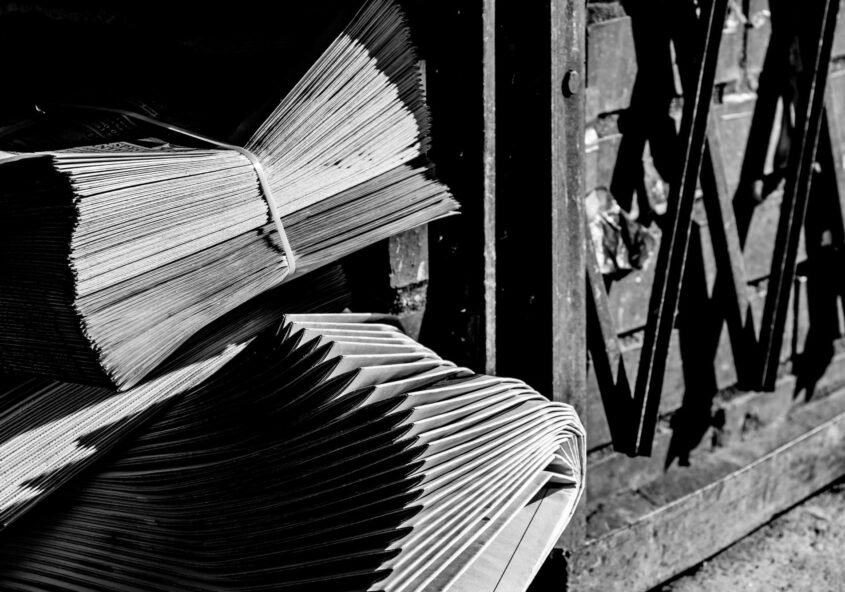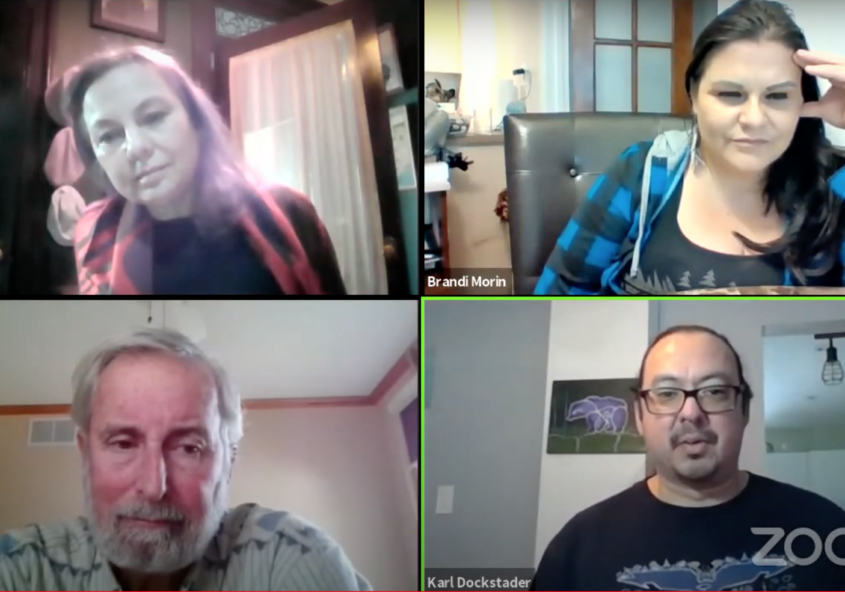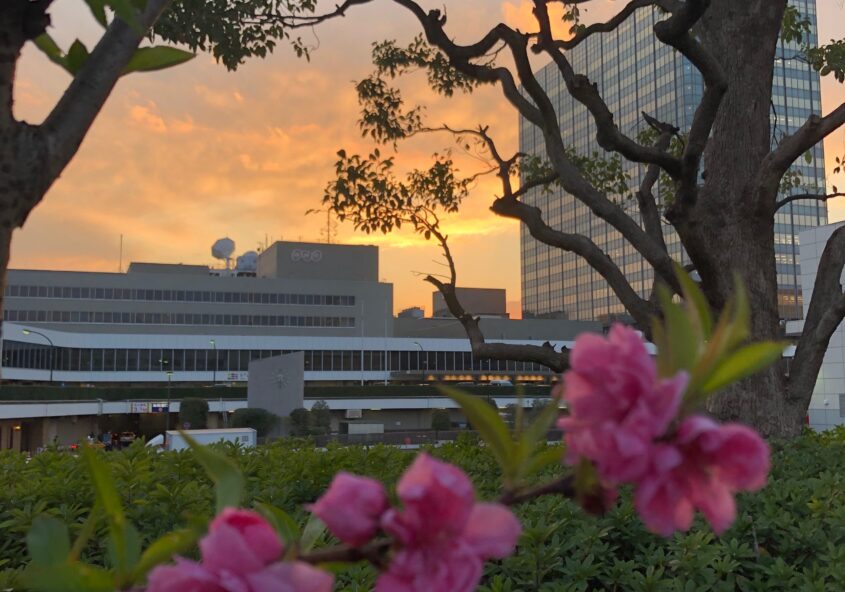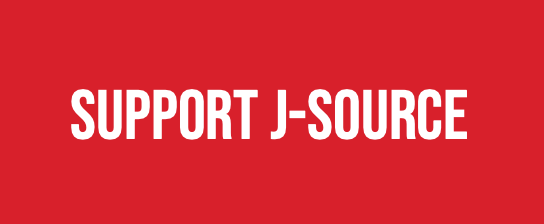Category / Ethics / Field Notes / Analysis / Commentary
-
Photographing beyond ‘needle-in-puddle’
With so many crises making news these days, we see a rise in harmful imagery. A journalist considers the result -
Keeping track of who’s tracking you
Journalists are working the privacy beat -
What’s plaguing Toronto’s ethnic press?
In a city of immigrants, non-English language newspapers play a critical role in the fight against COVID-19. Can they survive the pandemic? -
Recent arrests of journalists covering land disputes accelerate concerns around police attempts to define, obstruct journalism
Journalists must be present to bear witness to police actions, especially at Indigenous movements, say panelists -
APTN partners with 5 news organizations and networks to produce global Indigenous reporting project
Anti-Indigenous handbook aims to investigate groups that work against Indigenous rights -
Meet the high school journalists who kept publishing in a pandemic
Ontario students on making sure the campus presses kept rolling, bringing youth voices to community journalism and striking out on their own -
Missing voices
Highly skilled reporters from across the world exiled in Canada rarely find employment in the country’s newsrooms. The RRJ’s Neha Chollangi on the rich journalistic experience that media organizations lose when they don’t carve out space for newcomers’ expertise -
Student consortium continues to tackle public health through national data collaboration
Now mapping pandemic impacts across Canada, the IIJ continues to rack up accolades for public interest data journalism -
From CBC to NHK
Can public broadcaster partnerships fill coverage gaps as international bureaus continue to disappear? -
In times of protest and pandemic, queer journalism is vital
The RRJ’s Sean Young reports on new editorial directions at Xtra, while the publication reacts to a pandemic and police brutality protests in ways only queer community journalism can
Loading posts...

